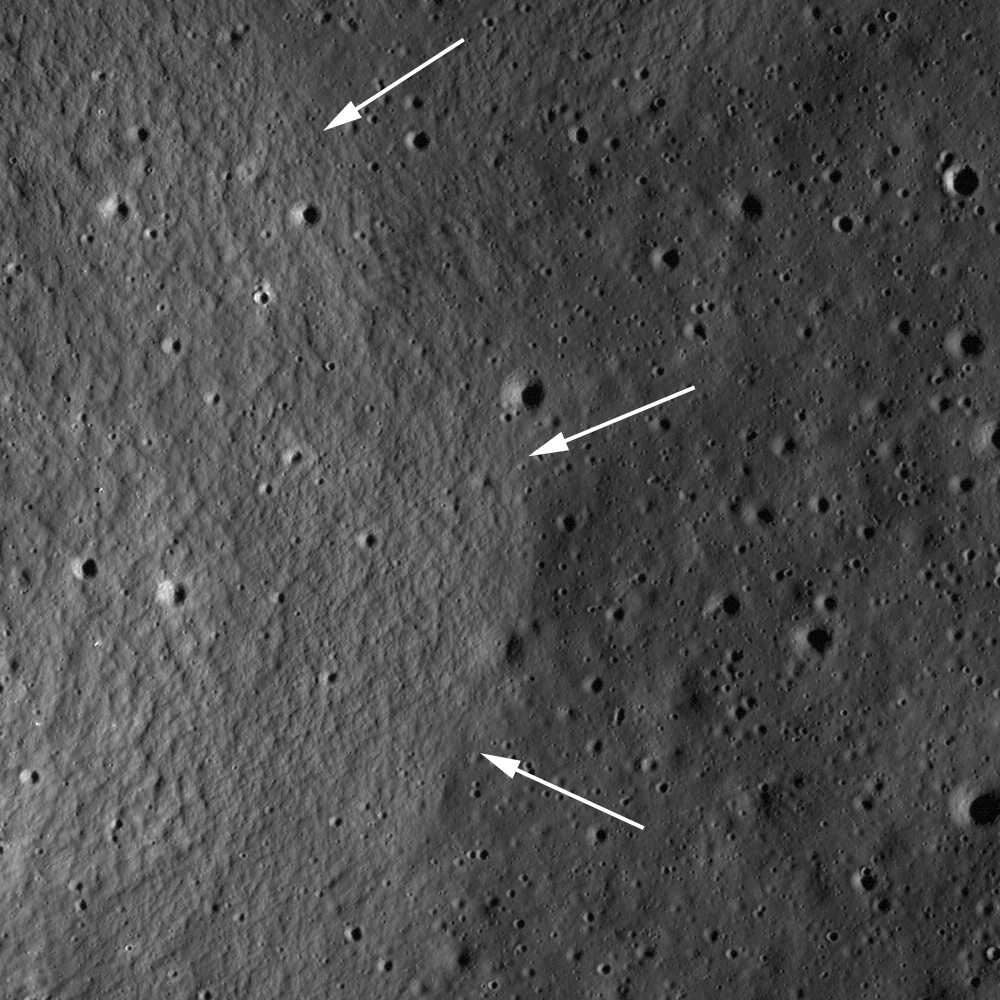
Mare basalts fill most of the large impact basins on the Moon, and in many cases the pre-existing topography was buried by the huge outpourings of lava. However, sometimes pre-existing topography is not completely buried by the mare basalts. When lava flows around a topographic high and does not bury it completely, the resulting landform is called a kipuka, and may be used to tell scientists about the region before the lavas flowed across the landscape. In the case of today's Featured Image, this kipuka in southwestern Lacus Somniorum is probably ejecta from the impact that formed the Imbrium basin. When looking at a regional view, this knob and others form relatively linear chains which can be traced back to the Imbrium basin.

Since the mare basalts are embaying this feature, the basalts postdate the formation of the Imbrium basin. Using remotely-sensed data to establish this kind of geologic relationship on the lunar surface helps to clarify the geologic history of the Moon, an important consideration for planning future lunar exploration.
Explore the landscape of Lacus Somniorum for yourself!
Published by Lillian Ostrach on 3 August 2010